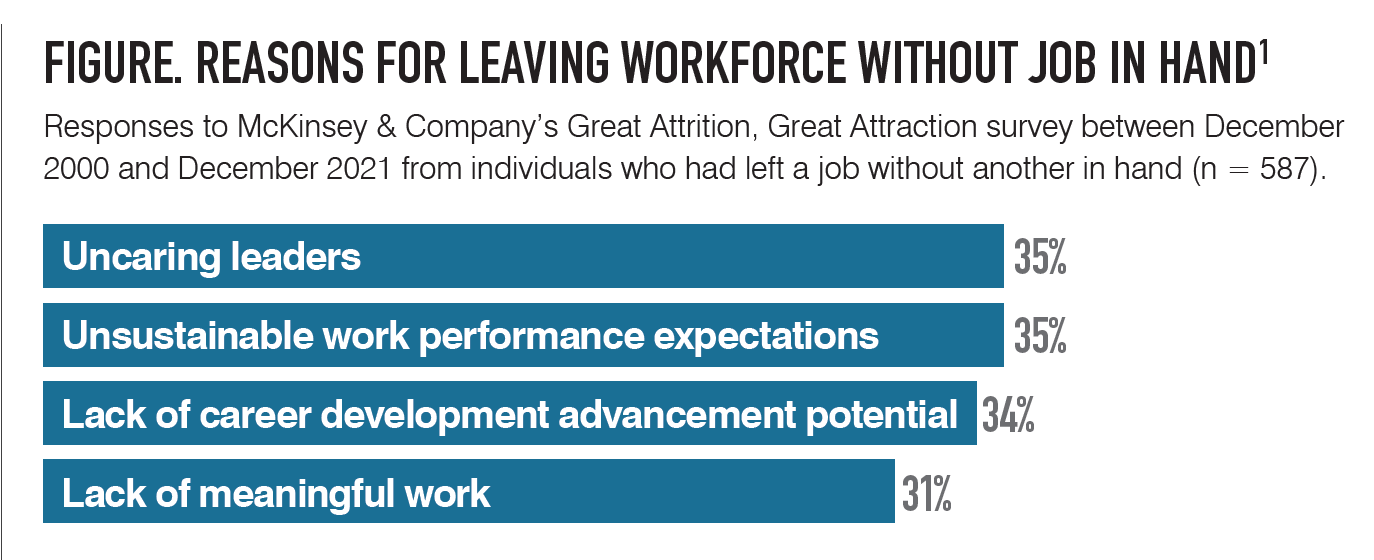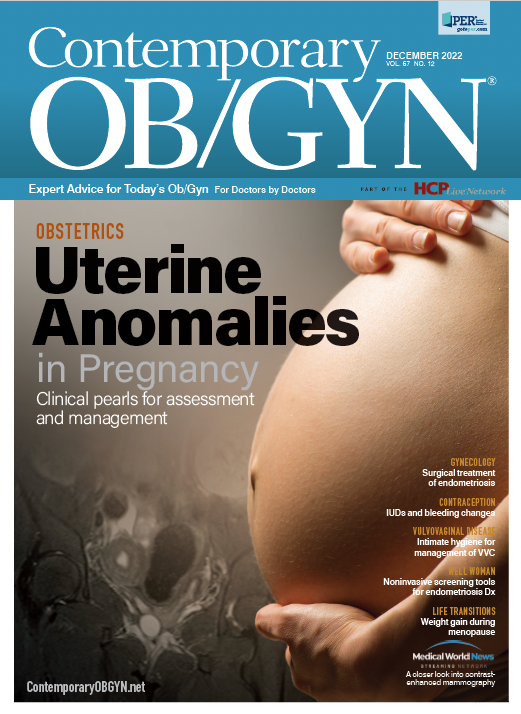Leadership in the new reality
Although leadership in our post-pandemic climate is probably no more challenging than at any other time, it certainly feels that way.
Emerging from a period during which routines were upturned, rules discarded, and reality significantly altered, we as leaders try to piece together the new normal. Many leaders and employees alike yearn for a return to the old way of doing things, but it is clear that people appreciate and want to continue with remote work, telework, telemeetings, and flexible schedules. Given the competitive workforce, changing personal priorities, and decreased loyalty to employers, leaders must adapt to the current environment if they want to retain staff.
Leading now is different than leading during the crisis of the COVID pandemic. Looking back at those who succeeded leading during the pandemic, we can see that they took bold, decisive—and often surprising and unexpected—action. For instance, the season suspension by the NBA commissioner on March 11, 2020—the same day the World Health
Organization formally designated coronavirus as a pandemic but before public gatherings were restricted—reduced the spread of the virus and resulted in others taking similar actions. Bold leaders acted decisively and did not downplay risk or delay action. They sought novel solutions in keeping with the requirements of the moment and the changing workplace.
Leading in the post-pandemic climate requires the assimilation of a workplace that has altered dramatically. A survey by McKinsey & Company asked people why they were leaving their jobs without another one to replace it (Figure).1 Respondents said they did so due to uncaring leaders, unsustainable work performance, and a lack of career progression and meaningful work.
Figure 1

Leaders who push to return to the pre-pandemic workplace face resistance from individuals who want to continue working remotely or in a hybrid model. This need must be balanced by the desire for inclusivity, to feel part of a team, and connected to the practice or institution. Walking the line between providing flexibility and inclusivity is a major challenge for us today.
As obstetrician-gynecologist leaders in our offices, hospitals, clinics, and academic institutions, we are now also challenged by the current political and social climate.
Identifying opportunities to ensure access to care and training, and navigating the new laws and regulations means an added layer of requirements, which keep leaders for our specialty in crisis mode. Thus, we must remember the lessons learned during the pandemic and those the current climate presents to us.
To end the crisis, we must:
- Be decisive, identify a course, continually monitor progress, and adjust the course as needed
- Communicate clearly and frequently
- Leverage the crisis to create opportunities
- Be transparent, honest, and
admit mistakes
However, in the meantime we must embrace crisis leadership that fits for the current climate. This includes creating an environment that engages employees, recognizes that flexibility is critical, and offers opportunities for inclusivity and a sense of belonging. As leaders we must make the workplace welcoming, issue clear messaging that assures employees they are important to the organization, and develop opportunities for their growth. An environment that encourages two-way communication is likewise essential, as employees who have a voice are more likely to feel—and be—engaged and less likely to leave.
Furthermore, their ideas are often valuable and instrumental to progress. Two qualities that are essential for leaders in obstetrics and gynecology are empathy and getting your hands dirty. Empathy goes a long way toward helping employees understand we are human and can see their point of view. Helping when needed enhances our approachability and gives us insight into the challenges and opportunities faced daily by staff.
In short, although it feels good to leave the pandemic behind, as obstetric and gynecology leaders we continue to have crisis issues to handle as well as new expectations to meet from a changed workforce. The new laws and regulations keep us in crisis mode. However, we can and must incorporate the lessons the pandemic taught us to create post-pandemic opportunities.
____
Catherine Y. Spong, MD,editor in chief, is professor and vice chair in the Department of Obstetrics and Gynecology and chief of the Division of Maternal-Fetal Medicine at UT Southwestern Medical Center in Dallas, Texas. She holds the Gillette Professorship of Obstetrics and Gynecology.
Email her at cspong@mjhlifesciences.com
Reference
1. De Smet A, Dowling B, Mugayar-Baldocchi M, Schaninger B. Gone for now, or gone for good? How to play the new talent game and win back workers. McKinsey & Company. March 9, 2022. Accessed November 1, 2022. https://www.mckinsey.com/capabilities/people-and-organizational-performance/our-insights/gone-for-now-or-gone-for-good-how-to-play-the-new-talent-game-and-win-back-workers

